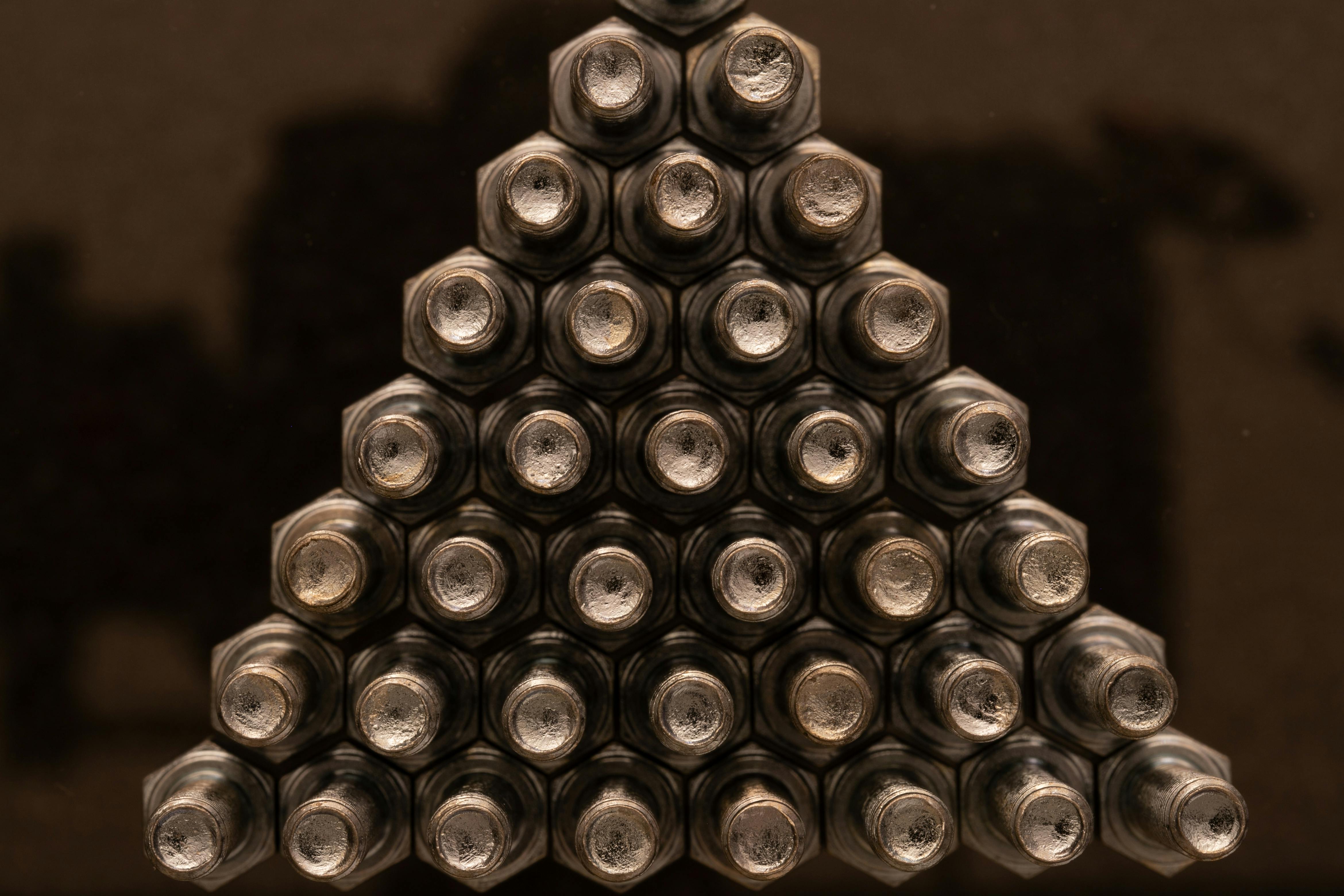Good, Fast, Cheap: Why You Can Only Pick Two (Usually)

October 9, 2025

There’s a common maxim in product development and project management that you can only ever have two of “Good, Fast, or Cheap.” This dilemma is sometimes called the “Iron Triangle.” Basically, the idea states that there are three constraints to any project: Quality (Good), Time (Fast), and Cost (Cheap). A change to any of these constraints forces you to adjust at least one of the others, so you have to settle for just two rather than the full Iron Triangle.
The triangle explains there are inevitable trade-offs that every project manager or small business owner faces. Much of the time, you can really only pick two, but that’s not always the case. Here, we delve into modern strategies you can take to redefine the problem and deliver maximum value without making too many sacrifices.
What’s Good, What’s Fast, What’s Cheap?
The core principle states that it is impossible to optimize a project simultaneously for quality, speed, and low cost. Changing one constraint inevitably forces a change in one or both of the others. So, what does that actually look like in practice?
Trade-Off 1: Good & Fast = Expensive
Let’s say you run a small kitchen appliance company and there’s a major industry conference coming up. You need to have the newest edition of your flagship blender product ready to showcase, but you’re running out of time. Quality and speed are non-negotiable in this case.
To create a new product that’s worthy of showing at the conference in time for day one, you need to invest significant capital to get everything right. You’ll have premium labor costs for research and development and manufacturing, rush costs for shipped parts, and sudden marketing costs to prepare for the conference launch. Basically, you’re buying time.
Trade-Off 2: Good & Cheap = Slow
Now, let’s imagine that there is no conference. You’re just working towards a nebulous, flexible deadline in the future. Nonetheless, the standard of work and the budget are set. In this case, high quality and costs are the priorities, so you’re looking at good and cheap. This is a common situation for non-urgent internal projects or long-term infrastructure buildouts.
If you want to maintain quality while keeping costs low, you have to be prepared for the project to take time. You might wait for resources to become available at standard rates, use less expensive methods, or rely on a smaller team working at a slower, more manageable pace.
Trade-Off 3: Fast & Cheap = Low Quality
The first two trade-offs can be frustrating, but they don’t necessarily spell doom for your project. Trade-off number 3 is a dangerous game. When speed and cost are your absolute priority, it almost always compromises quality. Bring a bad, cheap blender to that conference, and you’ve likely doomed the release before selling a single unit.
The fast and cheap trade-off is the way of shortcuts. It creates technical debt (future costs to fix rushed work), inadequate planning, and missed details that can derail a product launch or project. A bad product or service could even put your entire company’s health in jeopardy.
Here’s a breakdown of the three classic trade-offs:
| If You Pick... | The Third Constraint... | Real-World Scenario |
|---|---|---|
| Good & Fast | Expensive | You need a high-quality product finished by a critical deadline. |
| Good & Cheap | Slow | You need a high-quality product, but have a limited budget, so you wait for resource availability. |
| Fast & Cheap | Low Quality | You need a quick, budget-friendly solution (often resulting in corners being cut). |
Why the Iron Triangle Can Be a Lie
Many businesses struggle to achieve the Iron Triangle because they get too caught up in a fixed scope. When you’re completely fixed in the scope of your project, it becomes incredibly difficult to reach the Iron Triangle because you’ve subconsciously added another constraint.
In all of the trade-offs we mentioned above, there’s an artificial restriction that things must be done in a certain way (cheaply, quickly, well). In that situation, you can’t change time, cost, or quality without impacting one of the other constraints. Even if you’re trying to reduce costs, you may risk the illusion of being cheap, when a project carries hidden future costs like technical debt, increased support needs, and rework time that increases a project’s lifetime cost.
While it’s very true that the Iron Triangle is nearly unbreakable when you remain fixed in your scope, modern business is more adaptable and flexible than ever. Smart project management realizes that, for most projects, the one constant is change. And from that perspective, the Iron Triangle largely becomes a lie.
How to Pick All Three
Modern project methodologies, particularly Agile development, haven’t destroyed the triangle for good, but they have learned how to break the common constraints by changing the project’s context. In today’s innovative business world, there are a few ways to pick all three of Good, Fast, and Cheap.
Strategy 1: Redefine and Reduce Scope (The Agile Approach)
Instead of trying to build the entire, perfect solution at once, this strategy focuses on the Minimum Viable Product (MVP). The Agile approach reduces the initial scope, you can deliver a good result fast and cheaply for the most essential part of the project.
For example, creating an MVP for the aforementioned conference will allow you to showcase your new technology and potentially attract positive press coverage or even investment. You achieve the quality you need for a fraction of the cost of creating a perfect product, thereby optimizing the triangle to deliver value sooner.
Strategy 2: Leverage Technology and Automation
The Iron Triangle was originally conceived by Dr. Martin Barnes in 1969. It’s safe to say that Dr. Martin Barnes did not have access to machine learning and large language models (LLMs).
Today’s businesses have the benefit of technology like generative AI, specialized software, and internal automation to increase speed and quality simultaneously. While there’s a cost to using technology, the increase in efficiency can often lower the cost per unit of output over time compared to doing everything manually. For example, automating a repetitive task may require an initial expense, but it increases the speed and consistency of the process forever, making it cheaper over the long run.
Strategy 3: Change the Resource Model (Specialization)
Finally, an organization’s greatest asset is often its talent. A highly specialized, efficient team may cost more hourly, but their expertise may dramatically reduce the total time required for the project and prevent costly rework. By avoiding mistakes and doing faster, better work, specialized talent can deliver cheaper and faster products than you could get by relying on more junior resources.
FAQs
It depends on the project, but generally, quality is the most difficult to sacrifice because defects and technical debt incurred early can cripple a project later. You can often recoup time and cost later, but fixing foundational quality issues is typically far more expensive than preventing them in the first place.
Scope creep is when a project’s boundaries expand without corresponding adjustments to the budget or schedule. Failing to adjust to scope creep is the main reason the Iron Triangle fails. When scope increases unexpectedly, project managers are forced to violate the “pick two” rule, leading to either an over-budget project, a late project, or a dramatic drop in quality.
They refer to the same core concept. The Project Management Triangle, or “Iron Triangle,” is the formal term used in methodology, while “Good, Fast, Cheap” is the common, simplified adage used to explain the concept.
Take a look at our news on Business Essentials

 by Nick Perry
by Nick Perry

 by Nick Perry
by Nick Perry

 by Shanel Pouatcha
by Shanel Pouatcha

 by Nick Perry
by Nick Perry

 by Nick Perry
by Nick Perry

 by Nick Perry
by Nick Perry

 by Shanel Pouatcha
by Shanel Pouatcha

 by Nick Perry
by Nick Perry

 by Nick Perry
by Nick Perry

 by Nick Perry
by Nick Perry

 by Natalia Finnis-Smart
by Natalia Finnis-Smart

 by Nick Perry
by Nick Perry